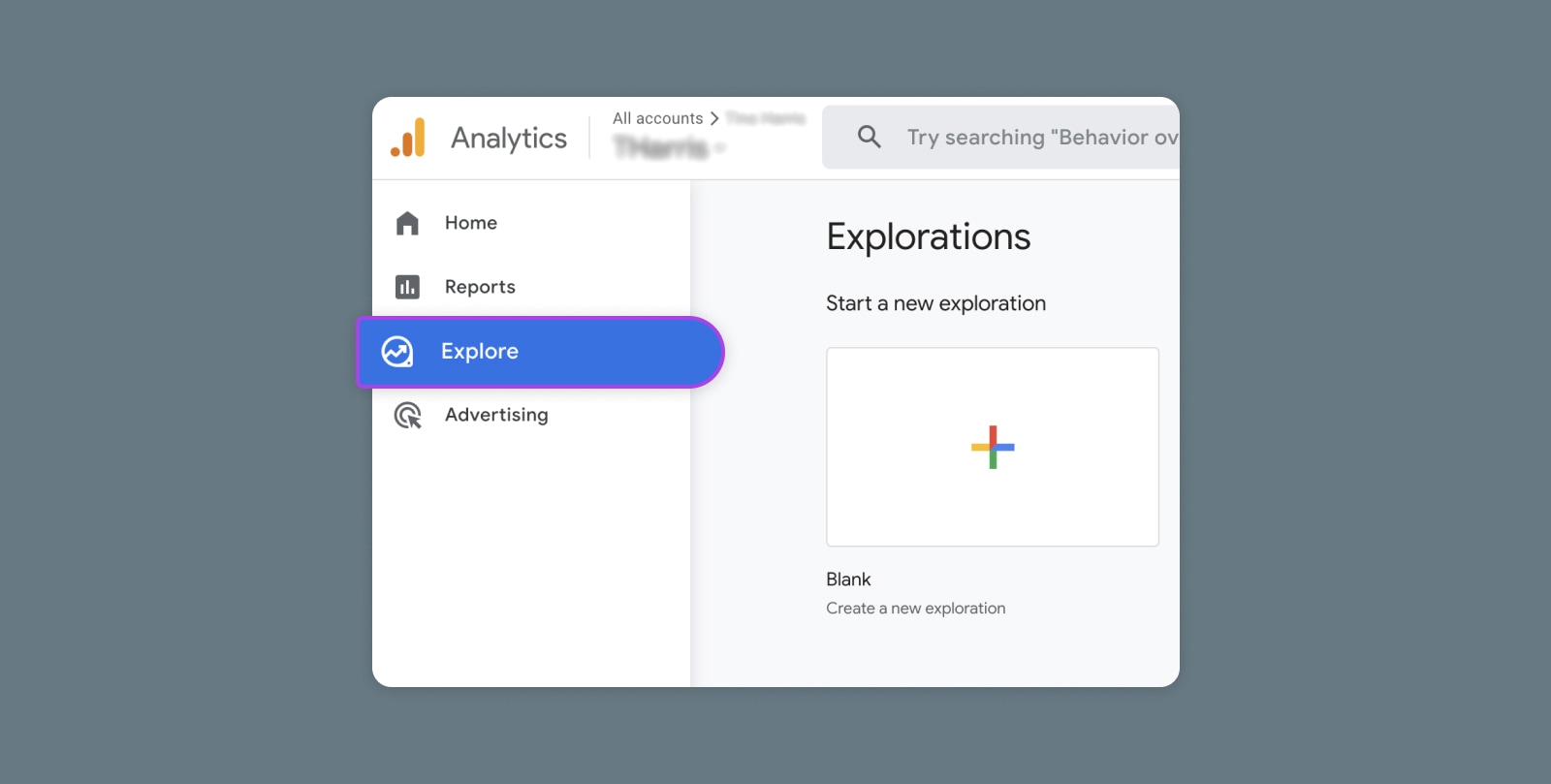If you’re looking to run your next small business entirely online, choosing the right domain is essential. You’ll need to develop a strategy, do some market research, and, of course, brainstorm a ton of ideas. So instead of taking advice from your uncle who is “really smart with computers,” here are seven best practices for buying a good domain name.
1. The Best TLD Is .Com
Despite hundreds of new Top Level Domain extensions hitting the market in recent years, .com still reigns supreme for overall brand recognition and search traffic. In fact, just 12 of the top 50 domains use a non-dot-com — like .org and .net — and only a handful use a new TLD! That’s not to say your business is doomed to fail if you go with a less-traditional domain extension. Just plan on increasing your marketing spend if you go with something like .hiphop, .kitchen, or .studio.
Your Great Idea Starts with a Domain Name
Don't let someone else register your URL. Search DreamHost's 400+ TLDS to find the perfect fit for your website. Plus, when you sign up for shared hosting, we throw in a free domain!

2. Think About Keywords and Localization
If you’re a local business, trying to get your services seen by the community using regional or descriptive keywords is a solid plan. While many local business owners may have already taken advantage of this method in your area, you can look into variations of the keyword groupings to find a suitable match that still works in your favor — LAshoerepair.com versus shoerepairLA.com, for example. Depending on your budget, you could look into buying similar variations of your domain name and having them redirect to your site. This would hinder competitor meddling — a lesson Jeb Bush learned the hard way during the domain wars of the 2016 election.
Related: How to Do Keyword Research for Your WordPress Blog
3. Spell It Simply
If your domain follows the basic principles of the English language, you’ve already taken a step in the right direction. Think about the scenario of pitching your business offline to potential customers. If they buy into your pitch, their next step would be navigating to your website. If your domain uses slang or nontraditional spelling, you’ve already put a roadblock in front of your potential customer, which could result in a negative impact on your business
4. Keep It Short and Sweet
With our attention spans shrinking, people these days can’t be bothered to think — or type — too long. So keep your domain name simple. Even though your idea may be the greatest thing since sliced bread, you should tighten it down if it has more than three syllables.
Related: Improve Your Search Engine Rankings with These Tools
5. Make It Roll off the Tongue
Word of mouth is still — and will always be — one of the most effective marketing tools for your small business. If your domain name sounds like gibberish, potential customers probably won’t know how to spell it either.
6. Avoid Anything That’s Not a Letter
Adding numbers or hyphens to your domain name is like having to tell someone your email address. Mistakes will inevitably be made, and it usually ends with you having to write it down. But even when you’re able to get your domain without the hyphens, savvy domainers often buy the hyphenated variations of their primary domain as well — in case competition comes knocking.
Want More Domain Name Best Practices?
Whether you want to build a social media strategy, sign up for our web hosting service, or select a domain registrar, we've got you covered! Subscribe to our monthly digest so you never miss an article.

7. Brainstorm and Research Domain Ideas
Now for the fun part. Come up with 20 domain names you like, keeping the best practices we’ve outlined above in mind. Then, look up each of these names using our domain search tool. If you see that a domain is already taken by a legitimate business, put that at the bottom of your list. If you land on a domain with generic directories, “under construction” graphics, or just a blank page, you can see who owns the domain and try to contact them regarding a potential sale. Or you can pull out a thesaurus and whip up a few more ideas.
Related: What Is Domain Privacy Protection?
Get ‘Em While They’re Hot
The number of available premium domain names is slowly fading due to increased internet access across the world. On top of that, the number of domain name disputes is growing at an alarming rate. There were more disputes in 2016 than in the previous 10 years combined. So the longer you wait to buy a domain, the worse your chances are of landing the one you actually want.
Like most things in life, finding the right domain comes down to good preparation. And now you’ve done the legwork. You know what makes a good domain, you’ve got 20 ideas that could work for your business, and you know where to check for availability.
After all, what’s in a name? In a word: everything.
Reporting by Matthew Lebo
The post 7 Best Practices for Buying A Good Domain Name appeared first on Website Guides, Tips & Knowledge.
source https://www.dreamhost.com/blog/best-practices-for-buying-a-domain/

No comments:
Post a Comment